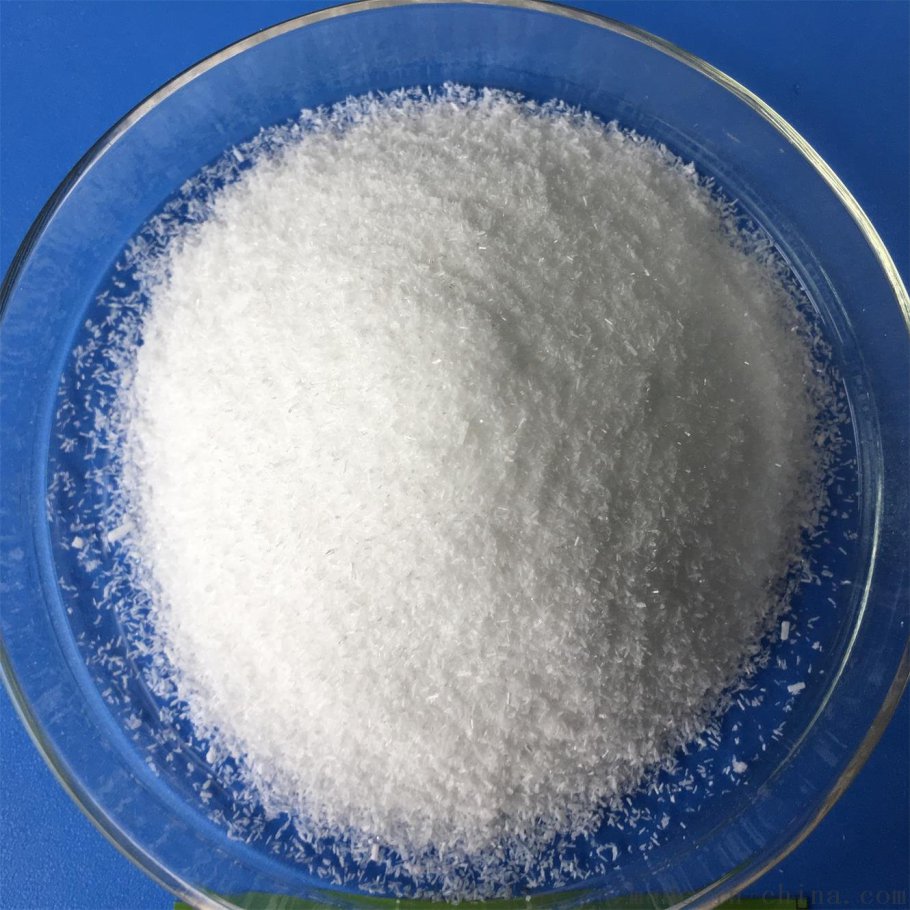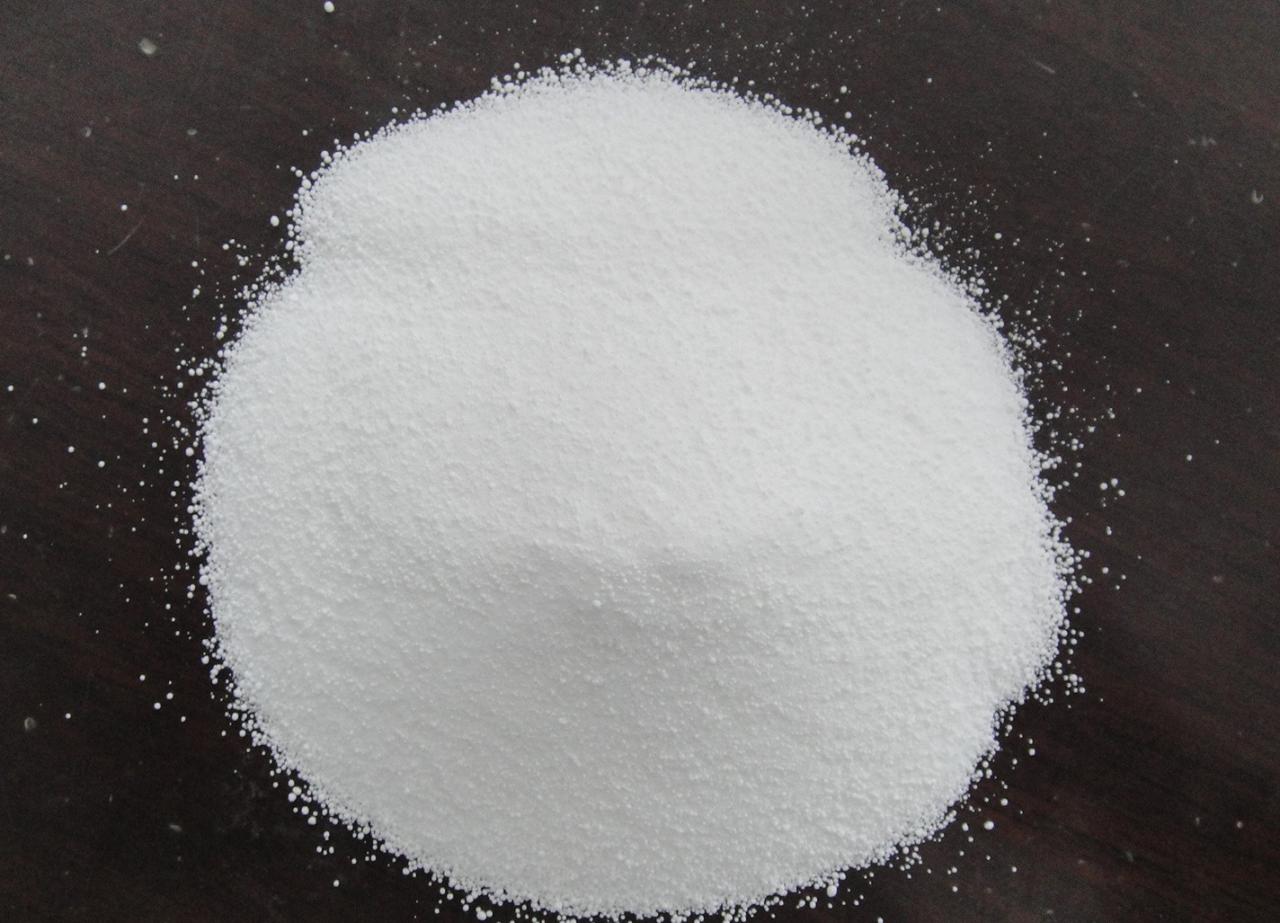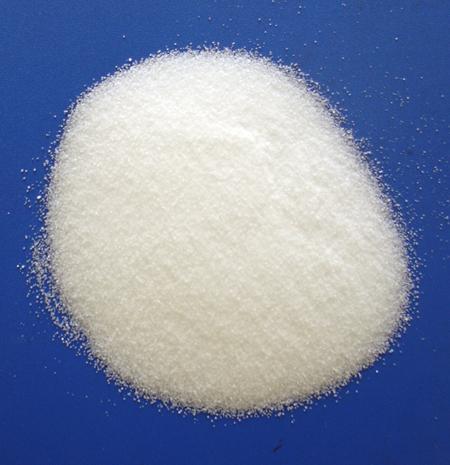In order to ensure the sustainable use of water resources and solve the problem of water environmental pollution, a variety of water treatment processes have been developed at home and abroad. Among them, the flocculation and sedimentation method is simple, efficient and saves investment. and other advantages, occupying an important position in primary wastewater treatment. Flocculant is an agent that can aggregate fine particles in suspension into larger floating particles and wash them down to achieve the purpose of purifying water quality. It is widely used in fields such as water supply and sewage treatment.
Flocculation and sedimentation is one of the most common operating units in sewage treatment, and it is also a more effective and lower-cost pretreatment method. The quality and usage of flocculants directly affect the treatment effect of sewage.
Precautions when using flocculants in water treatment
The application range of water treatment flocculants is very wide. There are many models that can be divided into products, but the choice is very important. Not all flocculants are suitable for sewage treatment. We Selection experiments are needed to select products with better results.

The following introduces the issues that need to be paid attention to when using water treatment flocculants:
Water treatment flocculant cationic pam is easy to hydrolyze and should be used on the same day.
Water treatment flocculant is easy to absorb water. Water treatment flocculant is a linear polymer. The product is mainly divided into two forms: dry powder and colloid. According to its average molecular weight, it can be divided into three categories: low molecular weight (7 million). According to its structure, it can be divided into nonionic, anionic and cationic. The anionic form is mostly the hydrolyzate of PAM (HPAM). The main chain of water treatment flocculants contains a large number of amide groups and is highly chemically active. It can be modified to produce many derivatives of water treatment flocculants. The products have been widely used in papermaking, mineral processing, oil production, metallurgy, building materials, and sewage. Processing and other industries should tighten the packaging opening after opening the bag and dispensing to prevent moisture absorption and caking.
It is strictly prohibited to dispense large quantities of chemicals to prevent water treatment flocculants from agglomerating and dispersing. Insoluble parts can easily block the pump.
When installing different types of polypropylene in pharmaceutical preparation boxes, they should be cleaned first, especially when exchanging cationic water treatment flocculants and anionic water treatment flocculants (water-soluble polymer). Otherwise, it will easily clump.
Water treatment flocculant, no selection model, high dose: select cation-free water treatment flocculant with ionicity model water treatment flocculant is acrylamide homopolymer or The general name for polymers obtained by copolymerization with other monomers. It is one of the most widely used varieties of water-soluble polymers.
Because the structural unit of water treatment flocculant contains amide groups, it is easy to form hydrogen bonds, making it have good water solubility and high chemical activity, and can easily pass through the interface. How to avoid agglomeration and increase sludge flocculation by branching or cross-linking various modifications to obtain branched chain or network structures.

The reason why the viscosity of water treatment flocculant decreases
Storage time
The viscosity of water treatment flocculant will degrade more and lower with the increase of storage time, and the flocculation effect will be worse. Generally speaking, anionic PAM solutions can be stored for seven days, while cationic PAM solutions can be stored for 24 hours. This is mainly due to the hydrolysis of the amide group and the increase in the content of hydroxyl groups. In particular, the impact of containing cationic groups will be more obvious. The removal of NH3 from the amide group to form an imide group is caused by the increase in the rigidity of the molecular chain.
Mechanical effects
Stirring can increase the dissolution speed of PAM flocculant dry powder. High-speed stirring speed will shorten the molecular chain of PAM. It is recommended that the stirring speed be controlled at an online speed of 60 rpm. /minute, do not use high-intensity mixing equipment and high-speed conveying equipment
Temperature effect
0.1% PAM solution, when the temperature reaches 80℃-90℃, the molecular weight of 18 million will degrade to about 5 million in 2-4 hours. As the temperature The higher the value, the faster the degradation. The performance is stable at room temperature 25℃.
The impact of lighting
Light will increase the temperature, causing the dissolution and degradation of PAM. Direct exposure to ultraviolet light will cause rapid dissolution and degradation.
The influence of impurities
Dissolve PAM dry powder and use neutral water. Water that is hard or contains impurities will affect the viscosity and effectiveness of the water treatment flocculant.

Causes and solutions for clumping and coagulation when flocculants dissolve
Water treatment flocculant is a high molecular polymer with a molecular weight of up to 20 million. The principle of its dissolution is that when solid PAM contacts water, it first expands and then There are certain skills in adding the speed and amount of water treatment flocculant. It must be added at an even speed and slowly. If too much is added too quickly, the polyacrylamide that first contacts the water and then swells will be wrapped in the polyacrylamide that will not swell later. Products that come into contact with water will cause the above-mentioned problems. This is why the water treatment agent PAM will stick together and form clumps when dissolved in water.
In serious cases, it may be related to the quality of the polyacrylamide product used. Since water purification agents are now widely used in the water treatment industry, there are also The quality of the products produced by many polyacrylamide manufacturers is very poor. There are too many insoluble substances that will form large clumps when dissolved. After purchasing water treatment flocculants, many people did not pay attention to the amount of chemicals added, which caused the water treatment flocculants to clump together. Then they thought that there was a problem with the manufacturer’s product, which in turn led to conflicts with the manufacturer who was actually a good product. The missed opportunity is not only a loss for the manufacturer, but also a great opportunity for customers to correctly understand polyacrylamide.
The role of flocculation tank
The flocculation tank is a place where flocculant is added and thoroughly mixed with the sewage. The suspended colloids in the water destabilize after reacting with the flocculant solution and collide with each other in the flocculation tank. Coagulate and hold together until a floc that can settle is formed.
Reaction conditions
The growth process of floc is the process of contact and collision of tiny particles. The quality of flocculation effect depends on the following two factors:
1. The polymer floc produced after the coagulant is hydrolyzed has the ability to form adsorption and bridging connections, which is determined by the properties of the flocculant.
2. How to control the probability of collision of tiny particles so that they can collide reasonably and effectively. To increase the probability of collision, the velocity gradient must be increased. Increasing the velocity gradient must increase the energy consumption of the water body, that is, increase the flow rate of the flocculation tank.
If the particles agglomerate and grow too fast during flocculation, two problems will occur:
(1) The strength of the floc will weaken if it flows too fast. When encountering strong shear during the flow process, the adsorption bridge will be sheared, and the sheared It is difficult to continue adsorption bridging, so the flocculation process is also a speed-limited process. As the flocs grow, the water flow speed should continue to decrease, so that the formed flocs are not easily broken.
The rapid growth of some flocs will lead to a sharp reduction in the specific surface area of the flocs in the water. Some small particles with imperfect reactions have lost the reaction conditions. These small particles are related to The collision probability of large particles is drastically reduced and it is difficult for them to grow up. Not only can these particles not be intercepted by the sedimentation tank, but they are also difficult to be intercepted by the filter.
Dosing requirements
In the early stage of the reaction when adding water treatment flocculant, it is necessary to increase the chance of contact between the agent and sewage as much as possible, and increase the stirring or flow rate. Relying on the collision between the water flow and the folding plates and the multiple turns of the water flow between the folding plates to increase the speed, the chances of collision of particles in the water are increased and the flocs are aggregated. In the later stage of the reaction, in order to reduce the velocity gradient, better flocculation and precipitation effects can be obtained.


